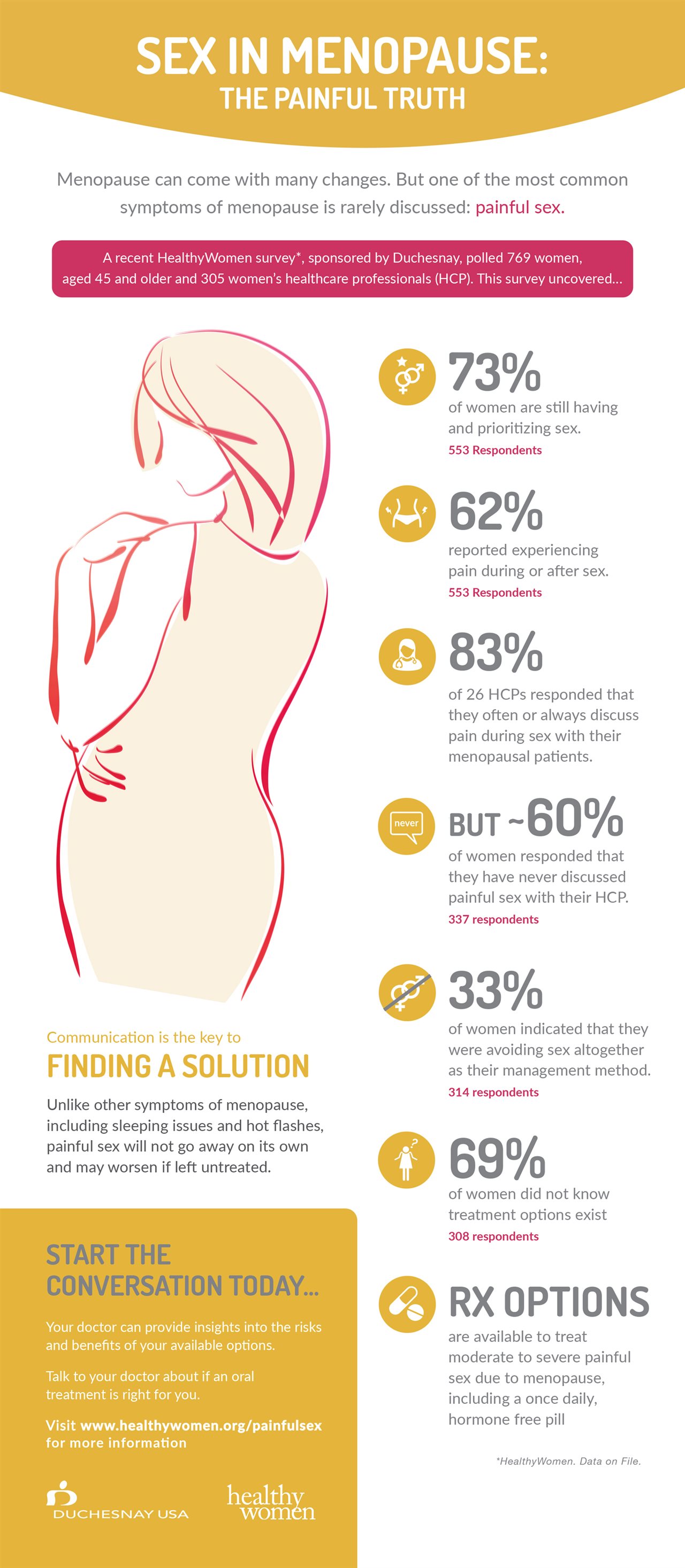2018-05-31T07:01:00
(BPT) – A Patient’s Journey to Surviving the Odds
In 2010, Kristin Kleinhofer was feeling healthy when she found a bump on the top of the right side of her head and thought it was just a “harmless cyst.” After her mother suggested she see a doctor, surgery was performed to remove the growth. The biopsy results came back a week later and much to everyone’s surprise, Kristin was informed via a phone call at work that she had blood cancer and needed to immediately leave her job to have blood work done and was scheduled to meet with an oncologist the next morning. At age 36, she was diagnosed with acute lymphoblastic leukemia. Kristin reflected on how overwhelmed she felt, “it was a lot to take in, a lot of unloading of my life … I learned that I didn’t know how strong I was until being strong was the only choice I had.”
After a two-year protocol of intense inpatient and outpatient chemotherapy, Kristin went into remission for eighteen months, but in February 2014, while eating dinner with her partner, Benny, she felt a lump on the right side of her neck and soon discovered that the leukemia had returned. Kristin immediately began salvage chemotherapy, but it was ineffective and left her with serious side effects, some of which she still has today.
Then, while enrolled in a 4-week inpatient combination chemotherapy clinical trial, Kristin’s oncologist mentioned CAR T cell immunotherapy as a possible option to perhaps get into remission. Kristin had never heard of immunotherapy before, and went home to research with her family. Doctor stories and educational videos helped to inform Kristin’s decision, and she immediately asked her oncologist to reach out to the medical institutions that had open clinical trials for CAR T cell immunotherapy. Kristin was on her way to reaching remission once again.
The Future of Immunotherapy Treatments
Approximately every 3 minutes, one person in the United States is diagnosed with a blood cancer. While a cure for leukemia does not yet exist, new immune-based treatments are currently in development and improving the prognosis for people living with blood and bone marrow cancers. Clinical trials for leukemia are testing immunotherapies that fall into several broad categories, including adoptive cell therapy, targeted antibodies, checkpoint inhibitors, therapeutic vaccines, and oncolytic viruses.
Immunotherapy is widely considered to be the most promising new cancer treatment approach since the development of the first chemotherapies in the 1940s. Cancer immunotherapy treatments harness and enhance the innate powers of the immune system to fight cancer.
Chimeric antigen receptor (CAR) T cell therapy, a type of adoptive cell therapy, has been shown in early clinical trials to be particularly effective at treating leukemia. In CAR T cell therapy, T cells from a patient are removed and then genetically modified to express a receptor that recognizes a particular protein, called an antigen, found on leukemia cells. The receptor is called “chimeric” because it is a hybrid molecule made up of two different proteins (an antibody and a T cell receptor) joined together.
In 2011, Carl H. June, M.D., Michael Kalos, Ph.D., and colleagues at the University of Pennsylvania School of Medicine achieved good clinical responses in patients with chronic lymphocytic leukemia (CLL), including two complete, durable clinical responses. After Kristin’s mother shared a video with her and Benny about the doctors’ immunotherapy work, it made sense to her that she’d use her own immune system to eliminate the cancer as her body had become resistant to standard chemotherapy regimens.
What’s Next for Immunotherapy Patients
In November 2014, Kristin officially began the CAR T cell therapy clinical trial. As one of the first to receive outpatient treatment, nurses and other professionals were especially excited to support and document Kristin’s journey. Unlike her previous chemotherapy treatments, after the CAR T cell infusion was completed and she had experienced the anticipated cytokine release syndrome—characterized by intense flu-like symptoms—she felt like she could begin recovering right away with minimal side effects. Two weeks before Christmas, a bone marrow biopsy confirmed that the cancer was gone and Kristin was in remission. Kristin reflected, “It was the best Christmas gift” for her entire family, and they were elated that the immunotherapy treatment worked.
Now, almost four years later, Kristin celebrates life with her family and partner, Benny, traveling and checking adventures off her bucket list. In her free time, Kristin also offers independent patient navigation and advocacy. Her goal is to help educate people about their options by sharing her own story, and to create tools and helpful online resources. “It’s important to be your own advocate, and if you can’t, have a loved one be your advocate—so you feel in control of what is happening to you,” Kristin explained.
“Once you choose hope, anything is possible,” is a mantra Kristin lives by and one that has become especially meaningful to her family. “Immunotherapy offers so much hope for those that have run out of treatment options and it’s changing lives,” said Kristin. She remains optimistic that more patients will benefit from emerging immunotherapy treatments—through new FDA-approved therapies and clinical trial participation.
There are many other cancer patients and survivors, like Kristin, who have been given new hope and longer lives thanks to cancer immunotherapy research and clinical trials.
“Clinical trials today are evaluating immunotherapies as a first-line cancer treatment, and we are beginning to see the first FDA approvals in the first-line setting, providing patients with more treatment options earlier in their journey,” said Dr. Jill O’Donnell-Tormey, chief executive officer and director of scientific affairs at the Cancer Research Institute. “We hope our Clinical Trial Finder gives more promise to patients.”
For more information on cancer immunotherapy and how to match with an open clinical trial, visit the Cancer Research Institute Cancer Immunotherapy Clinical Trial Finder at https://www.cancerresearch.org/patients/clinical-trials.












